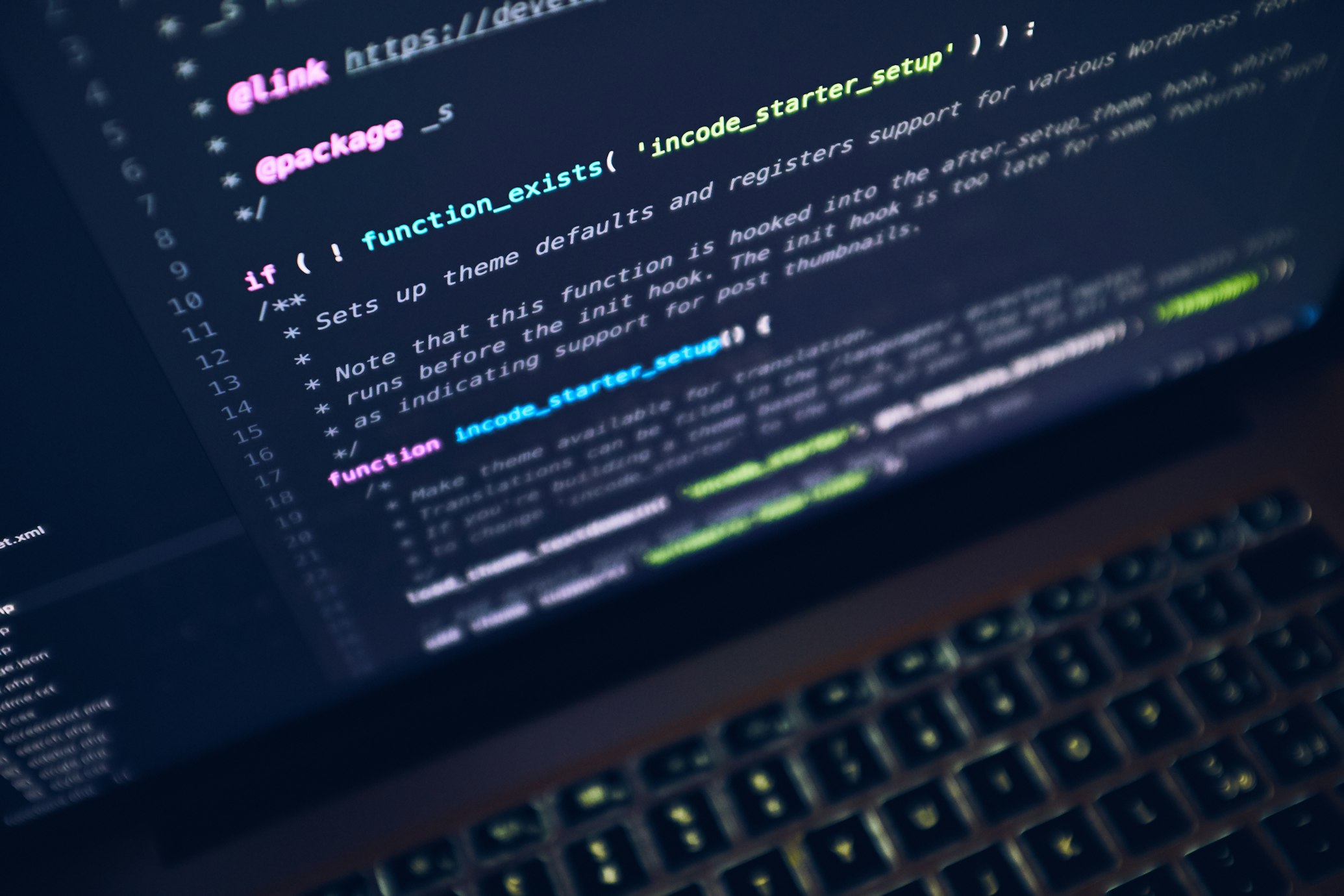
The Dawn of Unified Intelligence: OpenAI's GPT-5 Has Arrived
The next chapter in artificial intelligence has officially begun. In a highly anticipated announcement in early August 2025, OpenAI unveiled **GPT-5**, its next-generation flagship model. But to call it a mere successor to GPT-4 would be an understatement. GPT-5 represents a radical rethinking of how AI models are structured and how we interact with them, introducing a 'unified intelligence' architecture that could have profound implications for everything from software development to scientific research.
One Model to Rule Them All: The Unified Architecture
Perhaps the most groundbreaking feature of GPT-5 is its unified model architecture. Gone are the days of choosing between different models for different tasks. GPT-5 consolidates the capabilities of previous specialized models into a single, cohesive system that intelligently allocates computational resources based on the complexity of a query. Whether it's a simple text generation task or a complex, multi-step reasoning problem, GPT-5 autonomously routes the request to the most appropriate internal engine. This not only streamlines the user experience but also optimizes for both performance and cost-efficiency.
This unified approach is a game-changer for developers and enterprises. It simplifies API integration, reduces the complexity of managing multiple model endpoints, and paves the way for more fluid, dynamic AI applications that can seamlessly transition between different modalities and levels of reasoning.
A Glimpse into the Future: PhD-Level Cognition and Native Video Processing
GPT-5's cognitive advancements are nothing short of astounding. OpenAI claims the model exhibits intelligence levels comparable to a PhD expert in specialized fields, with a significant reduction in the hallucinations and factual errors that have plagued previous models. This enhanced reliability is critical for enterprise applications where accuracy is non-negotiable.
Furthermore, GPT-5 introduces native video processing, a feature that opens up a new frontier of possibilities. The model can now analyze, interpret, and interact with video content directly, allowing users to perform tasks like summarizing lectures, identifying key moments in presentations, or even generating video content from text prompts. This capability, combined with its existing proficiency in text, audio, and images, makes GPT-5 a truly multimodal powerhouse.
Power and Scale: The 1M Token Context Window and the 'Lobster' Variant
Underpinning these new capabilities is a massive expansion in scale. GPT-5 supports a context window of up to **1 million tokens**, allowing it to process and retain vast amounts of information in a single session. This is a crucial feature for complex tasks like analyzing entire codebases, summarizing lengthy legal documents, or conducting in-depth research.
Recognizing the specialized needs of the developer community, OpenAI has also announced a programming-focused variant of GPT-5, codenamed **'Lobster'**. This model is tailored for advanced debugging, code generation, and application development, promising to streamline workflows and boost productivity for technical users.
The Age of Autonomy: The Operator Framework
Perhaps the most forward-looking feature of GPT-5 is its integration of OpenAI's **operator framework**. This enables the model to perform multi-step tasks autonomously, with minimal human intervention. A user could, for example, assign GPT-5 a high-level goal, and the model would then independently break down the goal into a series of sub-tasks, execute them using its various tools, and report back on its progress. This is a significant step toward the creation of truly autonomous AI agents that can manage complex workflows and solve problems with a high degree of independence.
A New Competitive Landscape
The release of GPT-5 comes at a time of intense competition in the AI industry, with Google's Gemini 3.0 and Anthropic's Claude 4.1 also pushing the boundaries of what's possible. But with its unified architecture, advanced cognitive abilities, and focus on autonomous operation, GPT-5 has firmly positioned itself as a leader in the race to build the next generation of artificial intelligence. The implications of this release will be felt for years to come, as developers and businesses begin to explore the vast new possibilities that have just been unlocked.